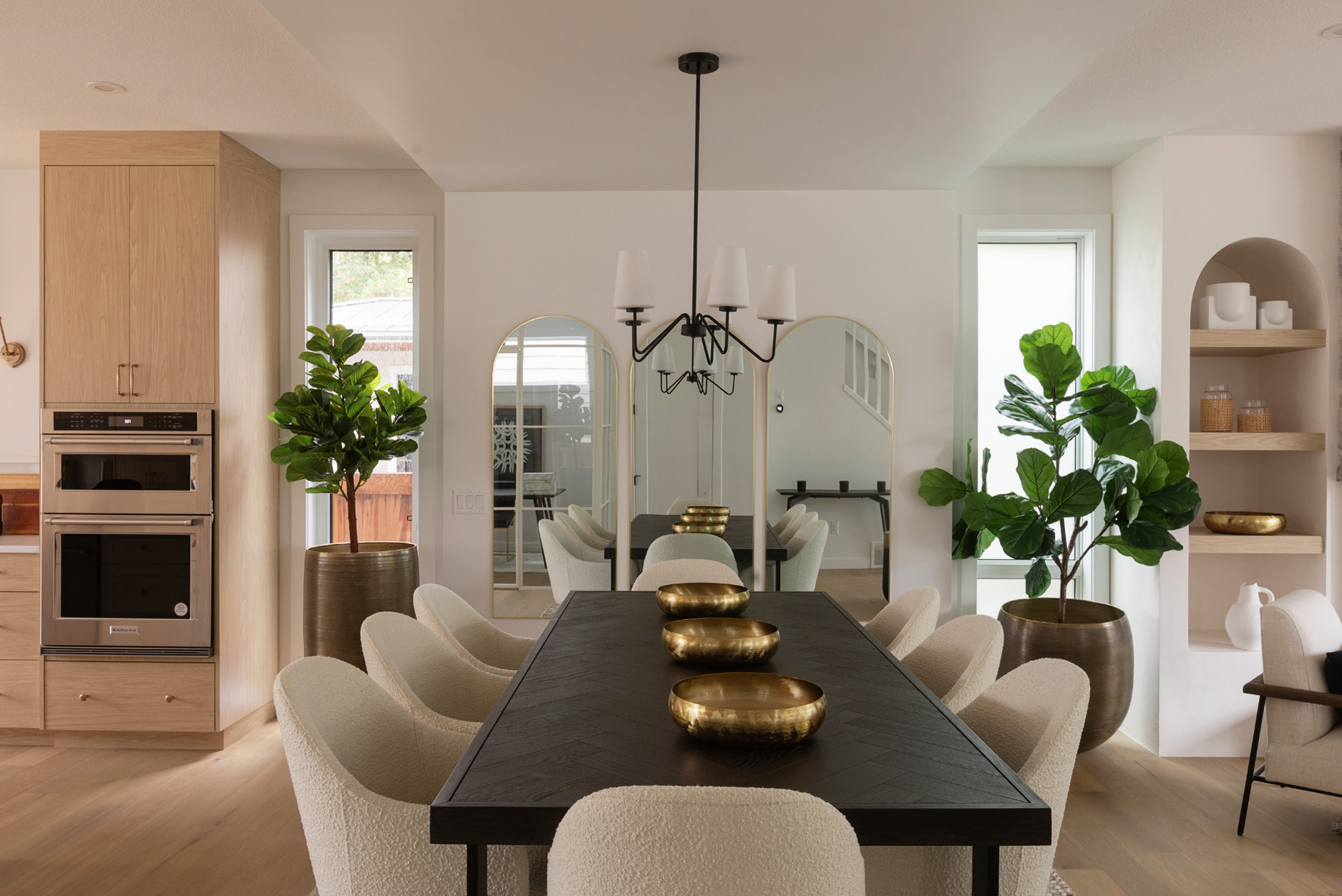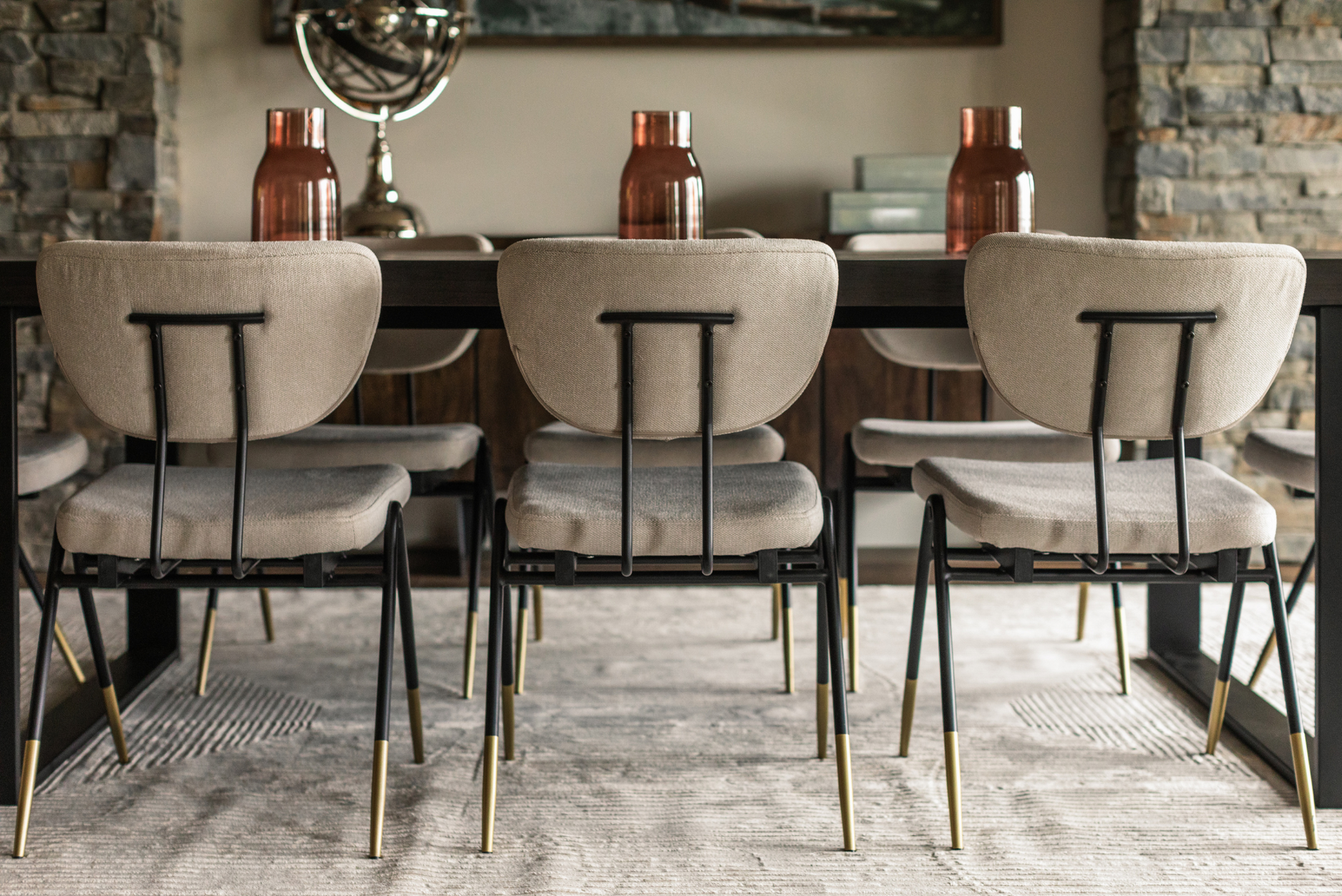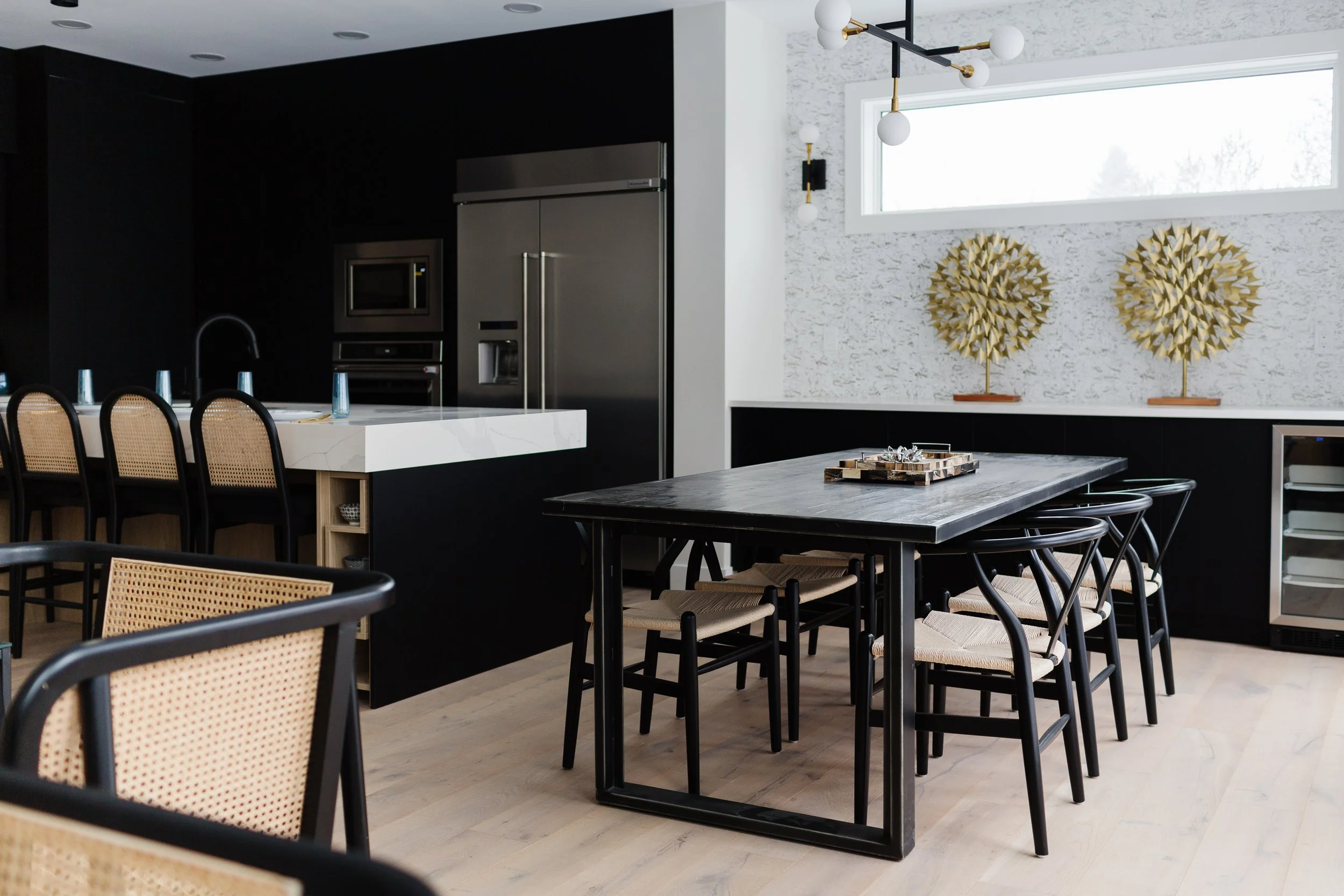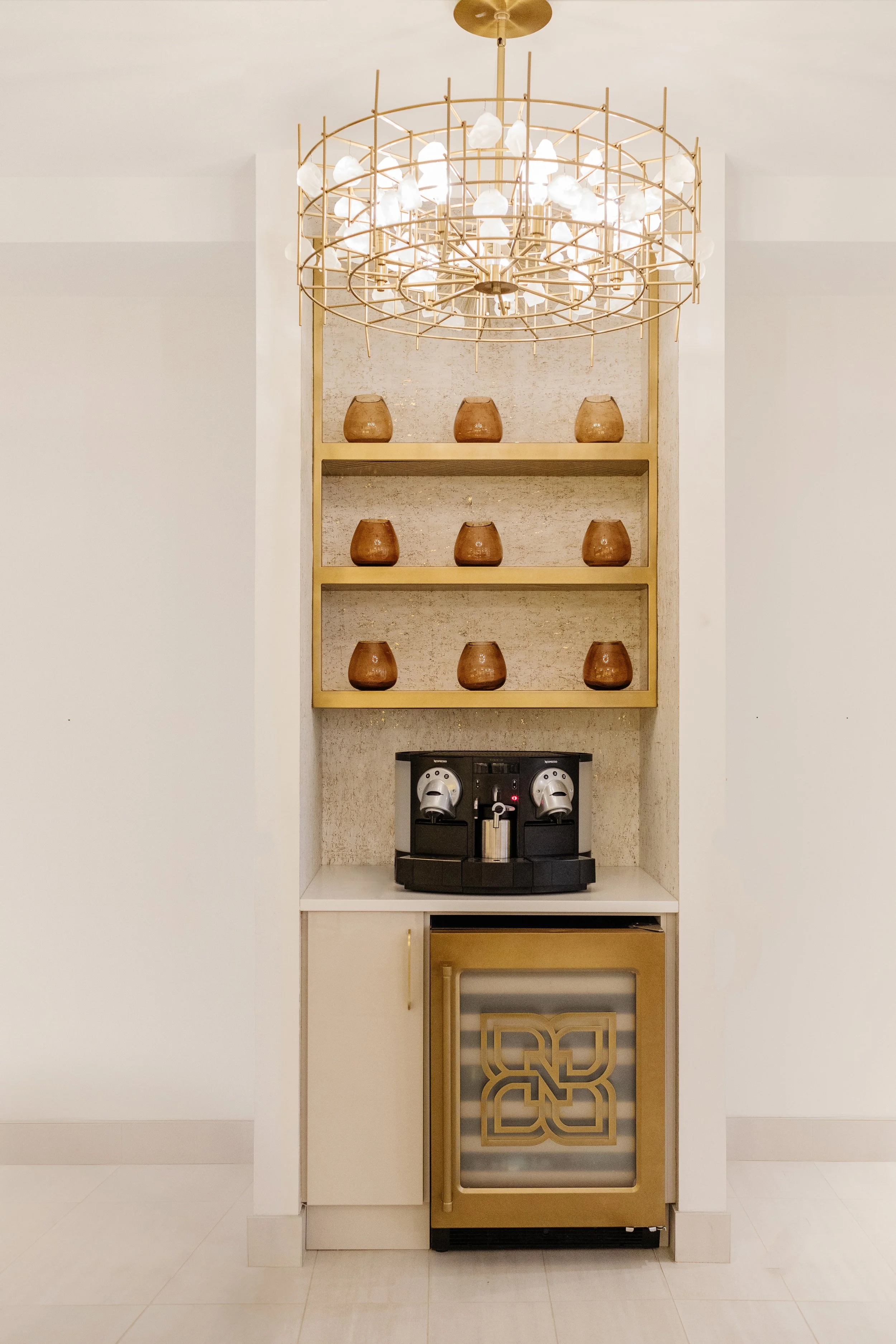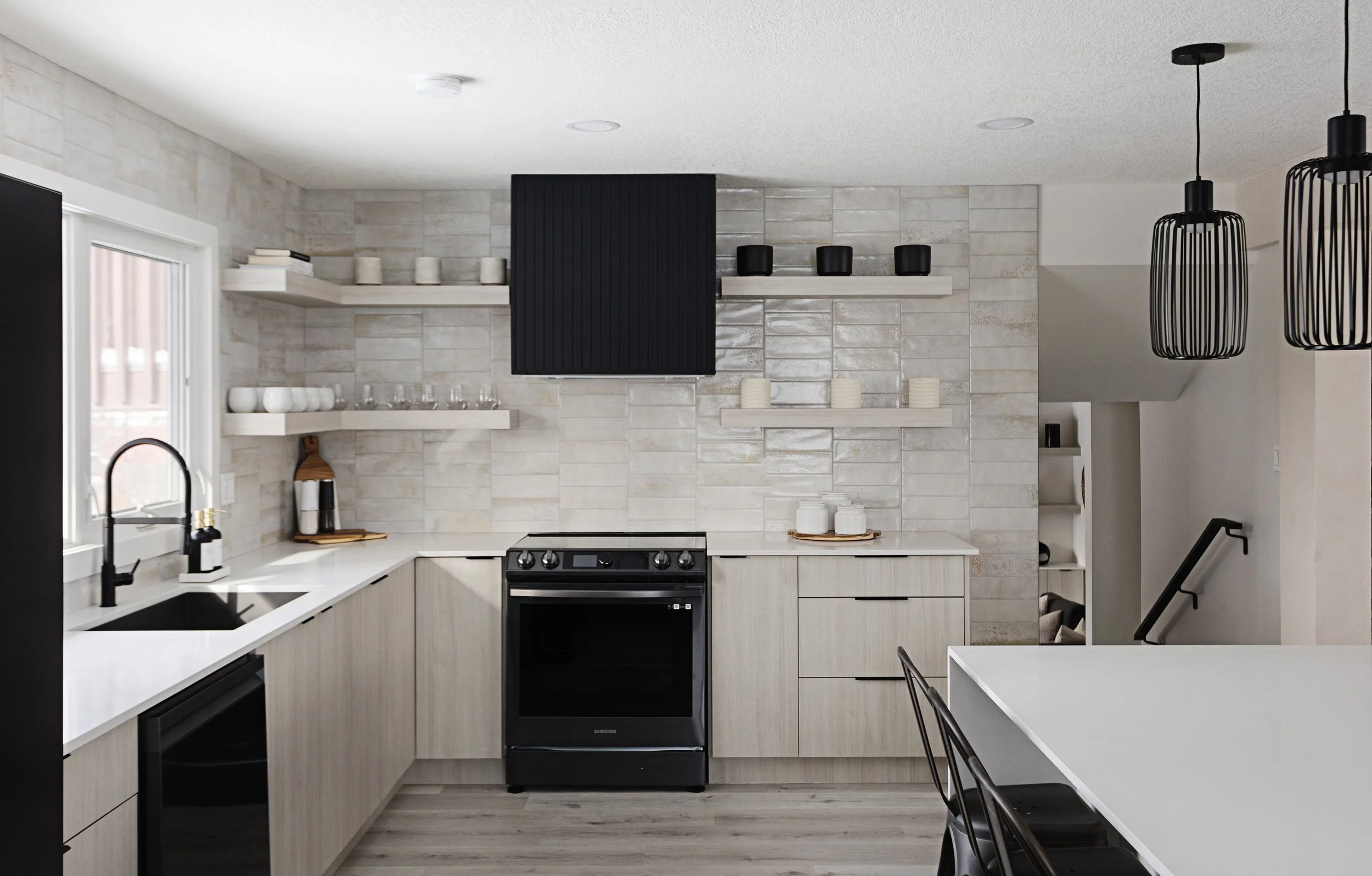Home Staging Kitchen Details That Make an Impact
When it comes to selling your home, the kitchen is often the deal-maker. Buyers don’t just want to see a space where food is prepared. They want to imagine themselves cooking, entertaining, and living life there. That’s why paying close attention to home staging kitchen details can transform a potential “maybe” into a definite “yes.”
Perfectly home staging a kitchen makes the space look bigger, cleaner, and more modern. It highlights the home’s best features while minimizing distractions. In this guide, we’ll cover the key home staging details that make kitchens shine, why they matter, and how you can apply them in your own space.
Why Kitchens Matter in Home Staging
Real estate experts consistently say that kitchens and bathrooms sell homes. Buyers often focus their decision-making on these two areas because they’re the costliest to renovate. A beautiful kitchen gives buyers confidence, so they feel they’re getting value and won’t have to spend big on upgrades right away.
Kitchens also carry emotional weight. It’s where families gather, meals are shared, and memories are made. When home staging, you’re not just showcasing a functional space; you’re selling a lifestyle. The right details can make your kitchen feel warm, stylish, and irresistible to buyers.
Buyers also subconsciously connect kitchens with everyday routines. A clean, staged kitchen says, “This home is easy to live in.” On the flip side, if a kitchen looks messy or outdated, buyers start mentally calculating renovation costs before they’ve even finished the tour. Staging eliminates those mental roadblocks and helps them focus on the positives instead.
Complete Guide to Home Staging Kitchens
Before we dive into the finer details of home staging, let’s set the foundation for kitchen home staging success.
Declutter Everything
Remove small appliances, paperwork, and countertop clutter. Buyers want to see space, not your blender. Keep out only one or two decorative items, like a bowl of fresh fruit or a vase of flowers.
Even something as simple as a toaster can make a kitchen feel cramped when buyers are assessing space. Stash appliances in cupboards to showcase uninterrupted counters. Buyers equate clear counters with more prep space, even if the square footage hasn’t changed at all.
Deep Cleaning Is Non-Negotiable
Every inch of the kitchen should sparkle. This means scrubbing grout, polishing appliances, degreasing the stove, and making sinks shine. Buyers will open cupboards, so keep them neat and organized, too.
Neutralize the Style
A home staging should appeal to the widest audience possible. Bold home staging décor can distract, while neutral tones like white, beige, or soft gray let buyers imagine their own style in the space.
If you’re thinking about painting before a sale, the kitchen is one of the best places to invest in a fresh coat. Neutral walls and cabinets don’t just look cleaner; they photograph better in online listings, which is often the first place buyers fall in love with a property.
Use Lighting to Set the Tone
Replace outdated fixtures with something modern but simple. Replace old bulbs with bright, warm-toned LEDs. A well-lit kitchen instantly feels larger and more inviting.
Update Hardware
New cabinet handles and drawer pulls are inexpensive but dramatically improve the kitchen’s overall look. Think sleek brushed nickel or matte black for a contemporary vibe.
Add Lifestyle Touches
A home staging should feel lived-in, but not cluttered. A cutting board with fresh bread, a cookbook propped open, or a stylish jar of pasta adds warmth without overwhelming the space. The goal is to tell a story without words. A loaf of fresh bread suggests comfort. A neat coffee station hints at relaxing mornings. These are tiny cues that spark an emotional response, which is exactly what you want in staging a house to sell.
Incorporate Fresh Greenery
Nothing adds life like plants. A small potted herb garden on the windowsill or a vase of fresh flowers gives the space a natural, welcoming feel. Herbs like basil or rosemary not only look beautiful but also add subtle aromas that reinforce freshness. Buyers may not consciously think “this house smells like rosemary,” but they’ll walk away with a positive impression.
Organize Pantry and Cabinets
Remember, buyers will snoop. Organized storage shows your home has plenty of space. Keep shelves tidy, bins labelled, and everything clean. A chaotic pantry tells buyers the space lacks functionality. On the other hand, tidy rows of neatly arranged jars and baskets quietly communicate, “This kitchen works.” It’s one of the easiest upgrades that delivers big results.
Set the Dining Table
Set the dining table lightly, as though guests are about to arrive. Use simple placemats, modern dishes, and maybe a centrepiece of fresh flowers. Avoid going overboard. Less is more when staging a house to sell.
Adding just two place settings instead of six keeps the look spacious. A simple runner with neutral tones ties everything together without drawing attention away from the room's size. The key is making buyers picture themselves hosting without overwhelming them with décor.
Stage Breakfast Bars and Nooks
If you have stools at a counter or island, set them neatly and maybe stage with a coffee mug and saucer. These touches remind buyers how practical and social the space can be.
Integrate Home Staging Furniture
Sometimes, home staging requires bringing in extra pieces. For example, swapping mismatched dining chairs with neutral ones creates balance. Professional staging teams often use house staging furniture to achieve a polished, designer look.
Furniture choices can subtly influence how large a room feels. Oversized tables make spaces appear smaller, while streamlined designs highlight flow and functionality. This is where professional staging pays off. Furniture is carefully chosen to maximize appeal rather than personal comfort.
Keep It Smelling Fresh
Strong cooking odours or musty smells are major turn-offs. Use subtle scents like citrus or vanilla to keep the kitchen inviting without overwhelming buyers. A common trick is to bake cookies before a showing. While it may sound cliché, it works because it creates a sense of “home.” Buyers connect with spaces emotionally first, logically second. Pleasant scents tilt that balance in your favour.
Add Simple Decor
Avoid overly themed décor (no “live, laugh, love” signs). Stick with timeless accents like a wooden cutting board, a clean white teapot, or glass jars with pasta or rice.
Don’t Forget the Floors
Buyers look down, too. Polish hardwood, deep-clean tile grout, or add a neutral rug in front of the sink to soften the space.
Highlight Functionality
Showcase storage potential by organizing cabinets. If you have special features like a wine rack or pull-out drawers, make sure they’re highlighted.
Focus on Flow
Staging a kitchen isn’t just about what’s on the counter; it’s also about how the room feels when you move through it. Keep pathways clear and furniture arranged logically. Think of the buyer walking through for the first time. Are they bumping into stools? Are chairs angled awkwardly? Flow is part of the staging story, and small adjustments can make the entire room feel more open.
Home Staging Advice From Professionals
As a team of Edmonton interior designers, Tailored Interior has staged countless kitchens to perfection. Whether you’re preparing for an open house or private showing, professional insight can make a huge difference. If you’re wondering how to stage a house for sale, here’s some expert home staging advice:
Less Is Always More
A kitchen packed with accessories feels cluttered, not cozy. Aim for simplicity with a few statement pieces instead of many small items.
Match the Style of the Home
If your house has a modern aesthetic, keep the kitchen staging clean and sleek. If it’s more traditional, warm accents like wood cutting boards or ceramic bowls can enhance the character.
Consider Lighting Times
Stage your kitchen for natural light if possible. Schedule showings when the sun hits just right. If not, make sure artificial lighting fills the room evenly.
Use Dining Table Staging to Sell the Lifestyle
Remember, buyers don’t just buy homes, they buy lifestyles. A well-set dining area suggests gatherings, meals, and memories waiting to be made. Professional stagers often use psychological staging techniques, such as placing chairs at an inviting angle or setting out just enough items to suggest comfort without clutter. These tricks may seem subtle, but they leave a lasting impression.
Conclusion: Home Staging Details That Matter
The kitchen is the heart of the home and often the deciding factor in a buyer’s choice. Paying attention to details, like fresh flowers, updated lighting, decluttered counters, and polished appliances, can make all the difference. With the right touches, you’re not just staging a kitchen; you’re creating a vision of life that buyers can’t resist.
If you’re ready to transform your space, Tailored Interior is here to help. As professionals in staging homes, we know what makes kitchens and dining spaces shine. Contact us today, and let’s make your home stand out from the competition.
FAQs About Home Staging
What is home staging?
Home staging is the process of preparing and decorating a home to appeal to potential buyers. It’s about showcasing the best features while minimizing flaws.
What’s the difference between staging a kitchen and regular decorating?
Decorating focuses on personal style, while staging a kitchen is about creating a neutral, appealing space that attracts the widest range of buyers.
Why should I invest in staging a house to sell?
Staging a house to sell often leads to faster sales and higher offers because buyers can clearly see the home’s potential.
How do I know how to stage a house for sale effectively?
Start by decluttering, cleaning, and neutralizing. Then, add subtle lifestyle touches that highlight the kitchen’s best features without overwhelming buyers.
What are the best tips for staging a house to sell when it comes to kitchens?
Focus on lighting, fresh scents, and minimal décor. These small details make a huge difference in how buyers perceive the space.
Can I do my own staging, or do I need professional help?
You can stage on your own with simple updates, but professional stagers bring in-house staging furniture and accessories that elevate the look.
Does dining table staging really matter?
Yes, because buyers often imagine family meals and entertaining guests. A properly staged dining table reinforces that vision.
How much does kitchen staging usually cost?
Costs vary depending on whether you hire a professional or DIY. Simple updates like hardware changes and décor can be inexpensive, while full staging services cost more but create a high-end result.
What’s the biggest mistake people make when staging kitchens?
Leaving too much on the counters. Clutter distracts buyers and makes the space feel smaller.
How can I get expert home staging advice in Edmonton?
Contacting Tailored Interior is your best bet. As a trusted Edmonton interior designer, we specialize in staging kitchens, dining spaces, and full homes to impress buyers.

